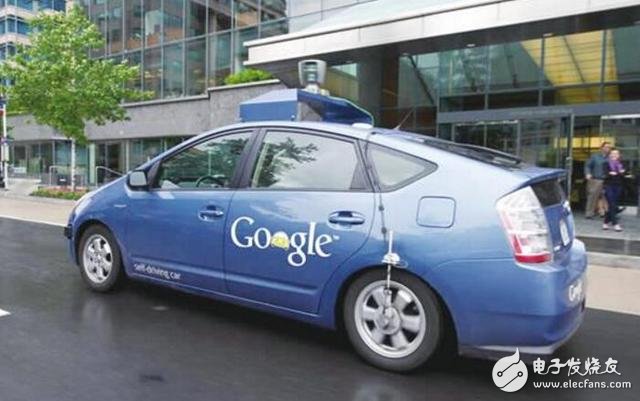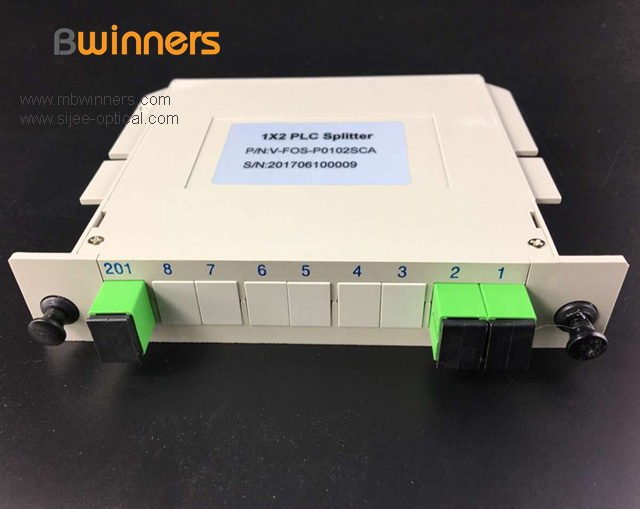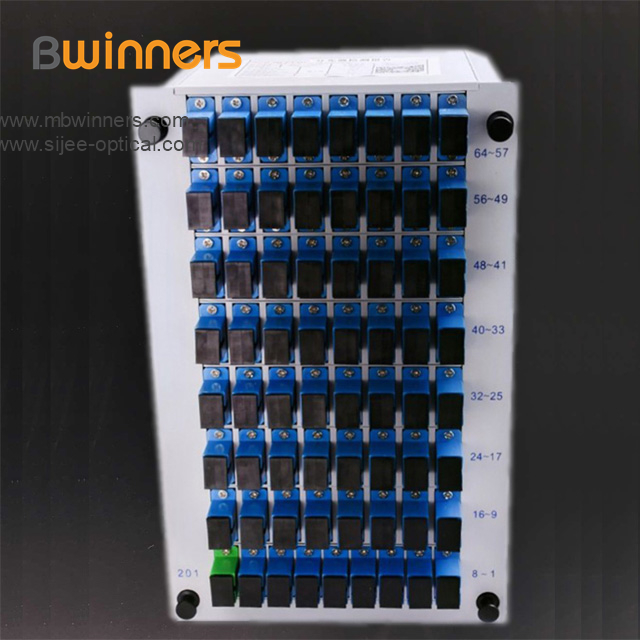Bloomberg today wrote that as Apple sentenced the Titans to death, the argument that Silicon Valley would crush traditional automakers in the field of autonomous driving has basically gone bankrupt. Technology companies simply don't have to deal with complex vehicle manufacturing processes, while traditional manufacturers don't attract software talent. The two sides looked at each other, but did not dare to break completely. It seems that in order to complete the autonomous driving industry as soon as possible, they must embark on the road of cooperation.
For the future car era will belong to Silicon Valley's cliché, Ford CEO Bill Ford said he has been tired of listening. Because a few years ago, some people began to repeatedly say in his ears that only technology giants such as Apple or Google (microblogging) can make autonomous cars.

“There has been some arrogance speculating that we will be replaced by technology companies,†said Bill Ford. "But now it seems that things have not developed in the direction they predicted."
Bill Ford hasn't brag, and Google and Apple, which once looked at the auto industry, are now experiencing difficulties that cannot be said. In the future, they may continue to promote the development of autonomous driving software, but the task of mass production of autonomous vehicles is probably too complicated for them.
Automotive manufacturing is a big business. In addition to sheet metal and assembly, the carmaker writes millions of lines of code for the various control components and radar sensors needed for autonomous driving. In addition, for the huge supply chain car manufacturers have to deal with it, but the 30,000 components on the body is not a small number.
Kufner, the former executive of the Google Robotics Department (now the CTO of the Toyota Research Institute) said: "The complexity of the whole process is not as simple as it is said. When IT companies enter the industry, they can truly feel the sense of despair. However, before the wrestling, these tech giants who have a smooth ride in the consumer market will not admit that they can't do it."
Earlier this year, Google co-founder Larry Page expressed his dissatisfaction at the company meeting. He thought that Google's self-driving car project was too slow. Although Google started in this field before others, its autopilot project has been in trouble because many executives have left the company and the business model has been criticized.
At the same time, traditional car manufacturers are not idle, they are also investing billions of dollars in developing their own autonomous driving system. In addition to constantly adding semi-automatic driving technologies such as automatic braking and lane keeping to new cars, they are also advancing the construction of self-driving taxi teams. In the future, these vehicles will work 18 hours a day, 365 days a week, and their annual travel distance will be ten times that of existing vehicles.
Cooperation is the best way out"I have been told to me that you will repeat the fate of mobile phone manufacturers in the future, become OEMs of technology companies, and do low-cost assembly work," Ford said. "We don't want to be an assembly plant, and it won't be our destiny."
Of course, automakers have not completely broken with Silicon Valley, Volvo is working with Uber to test autopilot taxis, and Fiat has already reached a cooperation intention with Google. In the future, the automotive industry may generate more cross-border cooperation.
“Ultimately, the two parties that seem to be incompatible with each other must go to cooperation,†said Delvin’s Kerwin. “No company can complete the ambitious project of autonomous driving on its own.â€
Fear and greedToday, Silicon Valley and traditional manufacturers have doubts about each other, and they all want to take the initiative in their hands and develop industry rules. Toyota, Ford, GM and Volkswagen have tried to negotiate with Google and Apple, but the model of sharing power is not to be seen.
"This state is really interesting. They stare at each other, and their eyes are full of fear and greed," said Hirsch of the consulting firm. "They don't understand how the other party will play."
Technology companies believe that if more data is available, they can increase profits through more efficient manufacturing. And the data is in the hands of automakers, who are reluctant to give it to their competitors.
Magna Group CTO Swami said that no company can fully control the "brain" of autonomous vehicles regardless of the final situation. The car manufacturer may control the vehicle's safety system, while the technology company is responsible for making the car comfortable, convenient and fun for the passengers. The current Apple CarPlay system is playing this role.
Attracting talentNow, the top priority for manufacturers is to attract more software engineering talent. Gary, the president of the American Consumer Technology Association, said that in the future, technology will account for half of the cost of vehicles, and the engineers of the car manufacturers have more than a thousand people. However, it is not easy to dig up technical talent from Silicon Valley.
As long as you know the executives of the car factory or suppliers, you will often hear them complain that they lack software development talent, but the current situation is that they can not recruit talents.
Therefore, car manufacturers are eager to change this situation. GM's $1 billion acquisition of autopilot startups is to attract talent. At the same time, GM and Ford also chose to set up laboratories in the hinterland of Silicon Valley, but software talents seem to be born with no cold. Therefore, they had to choose to build their own "old nest" Detroit into a new autonomous driving research and development center, and compete with Silicon Valley.
PLC Splitters are Single Mode Splitters with an even split ratio from one input fiber to multiple output fibers. Available split counts are 1x4, 1x8, 1x16, and 1x32. Fiber Optic PLC Splitter is available with 900µm loose tube single mode fiber and terminated or unterminated as per your needs. Unconnectorized PLC splitters come with no connectors for easy splicing or connectorization. Connectorized PLC Splitters are available with your choice of Fiber Optic Connectors: LC/UPC, LC/APC, SC/UPC, SC/APC, FC/UPC, FC/APC, and ST/UPC.
Planar lightwave circuit splitter is a type of optical power management device that is fabricated using silica optical waveguide technology. It features small size, high reliability, wide operating wavelength range and good channel-to channel uniformity, and is widely used in PON networks to realize optical signal power splitting. Bwinners provides whole series of 1×N and 2×N splitter products that are tailored for specific applications. All products meet GR-1209-CORE and GR-1221-CORE requirements.
We provide the whole series of 1xN and 2xN splitter products that are tailored for specific applications. Fiber Optic Splitter Plc, Fiber Optic Cable Splitter, Optical Splitter, Mini Type Plc Splitter, Cassette Type Plc Splitter, Insertion Module Plc are available.
Features:
Low insertion loss and low PDL
Various coupling ratio
Environment stable
Single mode and multimode available
High Reliability and Stability
High Channel counts
Wide wavelength range
Customized packaging and configuration
Applications:
FTTx Construction
Fiber Optical communication system
Fiber Optical access networks
Fiber Sensor
Fiber CATV networks
Local area networks


Insert PLC Splitter Module,SC APC Splitter,Plc Optical Splitter,Fiber Optic Splitter Coupler
Sijee Optical Communication Technology Co.,Ltd , https://www.sijee-optical.com